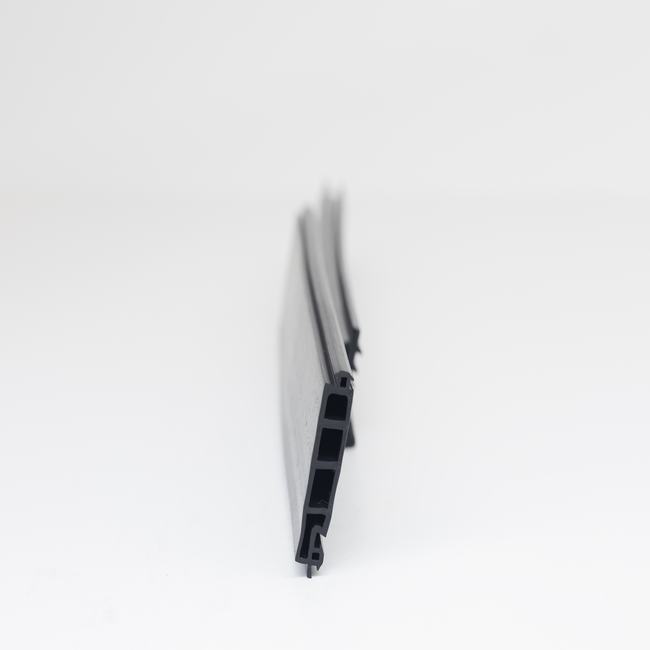seal gasket
A seal gasket, often referred to simply as a gasket, is a mechanical sealing component used to create a secure and leak-tight seal between two or more mating surfaces or components. Gaskets are designed to prevent the escape of fluids, such as liquids or gases, and to block the intrusion of external elements like dust, dirt, or contaminants. They are commonly used in a wide range of industries and applications due to their flexibility, resilience, and sealing properties.
Here are some key characteristics and common uses of seal gaskets:
**Characteristics:**
1. **Elasticity:** Gaskets are highly elastic and can deform to conform to irregular surfaces, ensuring a tight seal.
2. **Sealing Properties:** Gaskets are made from materials with excellent sealing capabilities, even when compressed between mating surfaces.
3. **Temperature Tolerance:** Gaskets can withstand a broad temperature range, making them suitable for both high-temperature and low-temperature applications.
4. **Chemical Resistance:** Depending on the type of material used, gaskets can be resistant to a wide range of chemicals, acids, and alkalis.
5. **Electrical Insulation:** Some gasket materials provide electrical insulation when needed, preventing the flow of electric current between components.
6. **Vibration and Shock Absorption:** Gaskets have the ability to absorb vibrations and shocks, reducing wear and tear on equipment and machinery.
**Common Applications of Seal Gaskets:**
Seal gaskets are used in a wide range of industries and scenarios, including:
1. **Automotive:** Sealing gaskets for engines, transmissions, doors, windows, and other automotive components.
2. **Construction:** Weatherstripping, window and door seals, and roofing gaskets for construction and building applications.
3. **Plumbing:** Sealing gaskets for pipes, fittings, and valves in plumbing systems.
4. **HVAC:** Sealing gaskets and O-rings for heating, ventilation, and air conditioning systems.
5. **Electronics:** Sealing gaskets for electrical enclosures, control panels, and connectors.
6. **Marine:** Gaskets, seals, and dock bumpers for marine equipment and vessels.
7. **Food and Beverage:** Sealing gaskets and components used in food processing and packaging equipment.
8. **Medical Devices:** Sealing components for medical equipment and devices, ensuring sterility and protection.
9. **Aerospace:** Gaskets for aircraft engines and systems to provide critical sealing functions in aviation applications.
10. **Industrial Machinery:** Gaskets used in various industrial equipment and machinery for sealing components and preventing leaks.
The choice of gasket material depends on the specific requirements of the application and the types of substances the seal needs to resist or contain. Common gasket materials include rubber (such as EPDM, NBR, and silicone), cork, compressed fiber, PTFE (Teflon), and metal (such as copper or stainless steel). Properly selected and installed gaskets are essential for maintaining the integrity and functionality of various systems and equipment by preventing leaks and providing protection against environmental factors and contaminants.

Yorumlar
Yorum Gönder